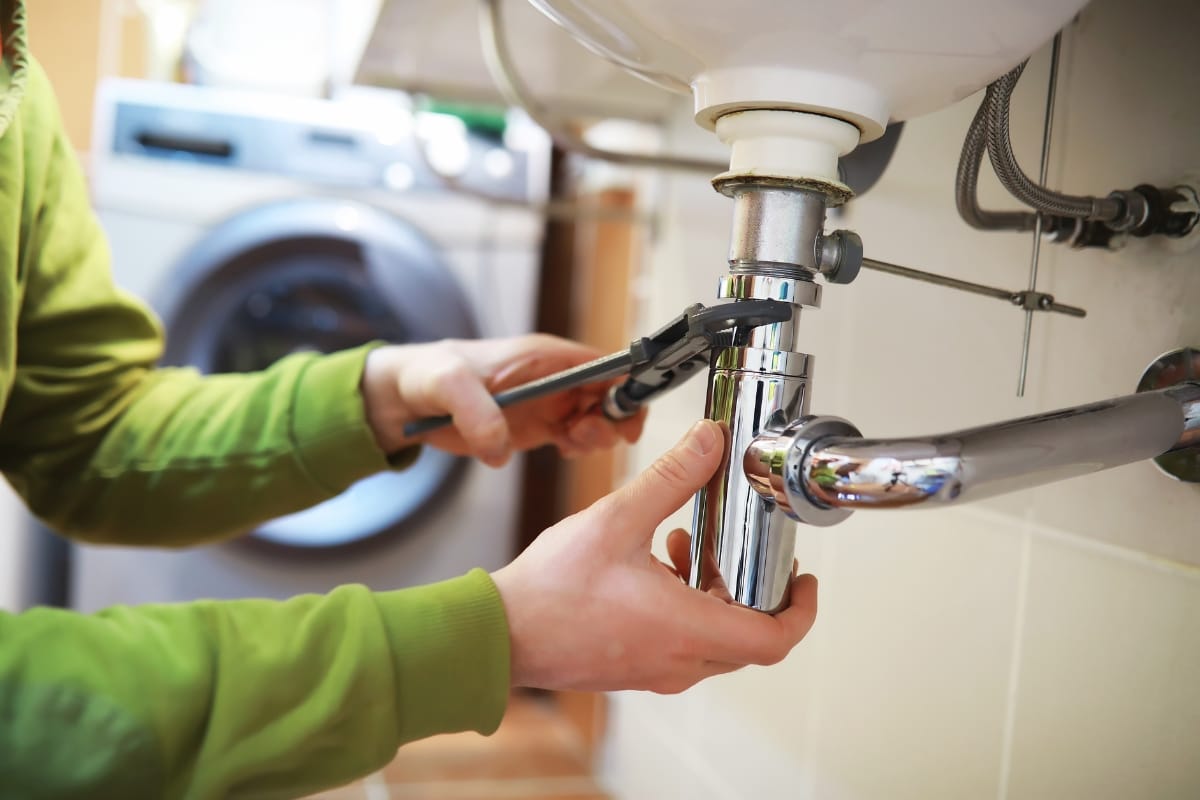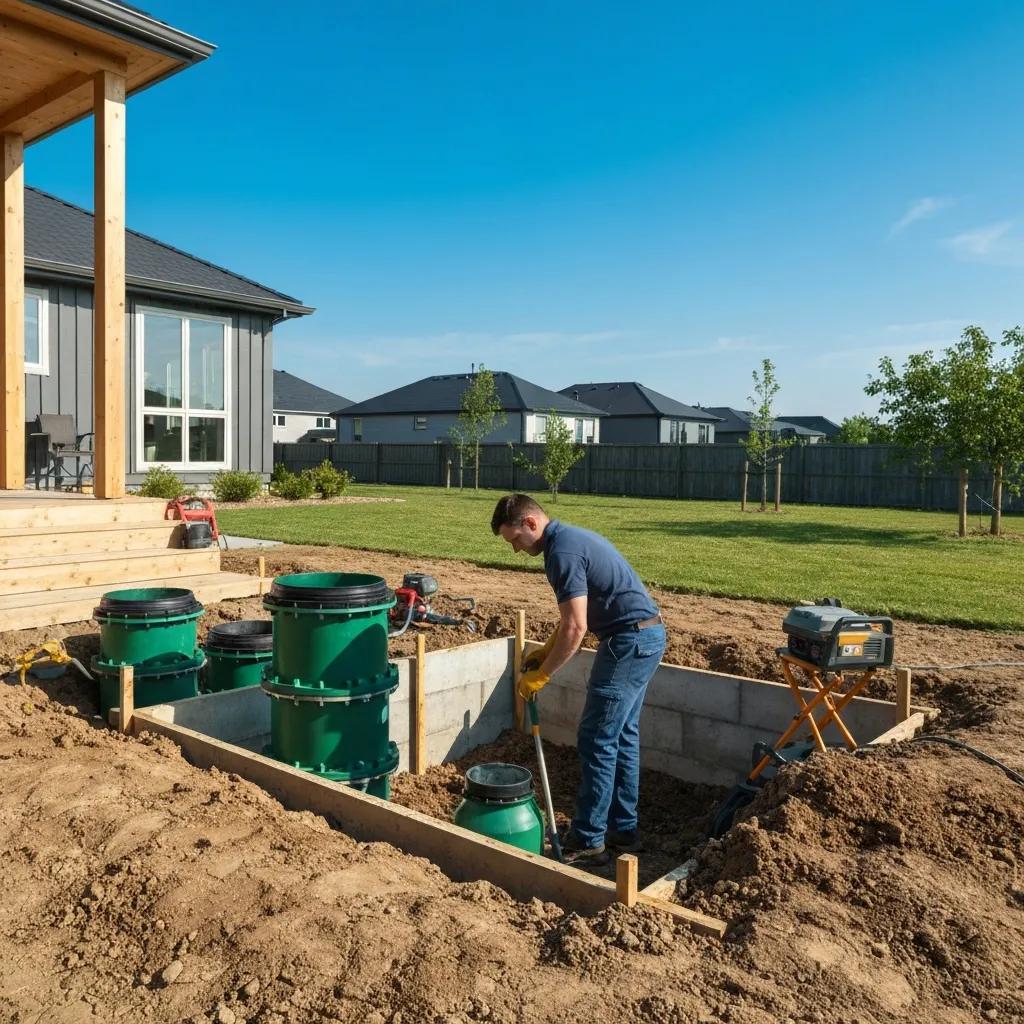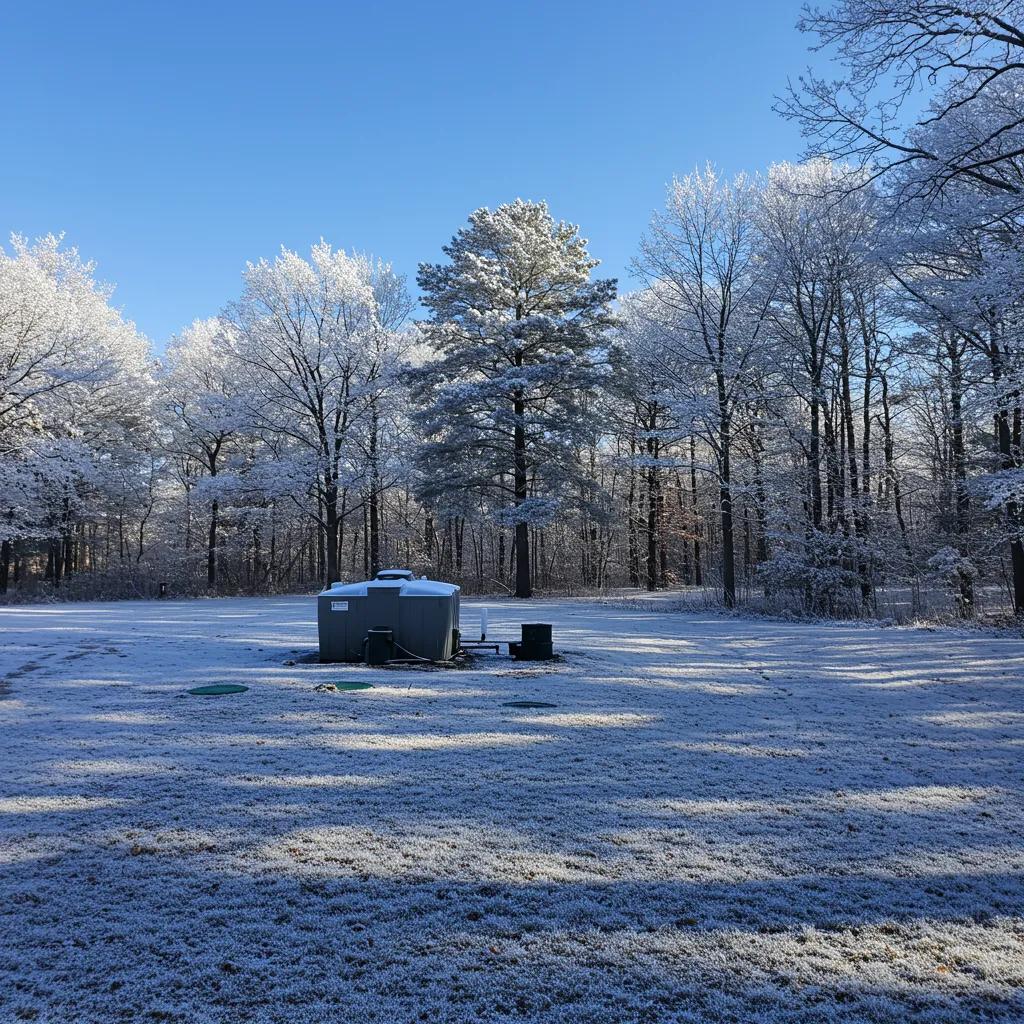In Woodstock, GA, maintaining a functional and efficient home requires more than just modern fixtures—it demands a solid understanding of how your plumbing and septic systems work hand in hand. These two essential systems are deeply interconnected, with your plumbing network delivering water to and from fixtures, while the septic system handles and processes wastewater on-site. When one isn’t functioning properly, the other is often affected, leading to potential backups, odors, or costly repairs. In this guide, we’ll break down how plumbing and septic systems operate together and what homeowners in Woodstock need to know to keep both running smoothly.
How Plumbing and Septic Systems Team Up in Woodstock, GA
What Are the Basics of Plumbing and Septic Systems in Woodstock, GA?
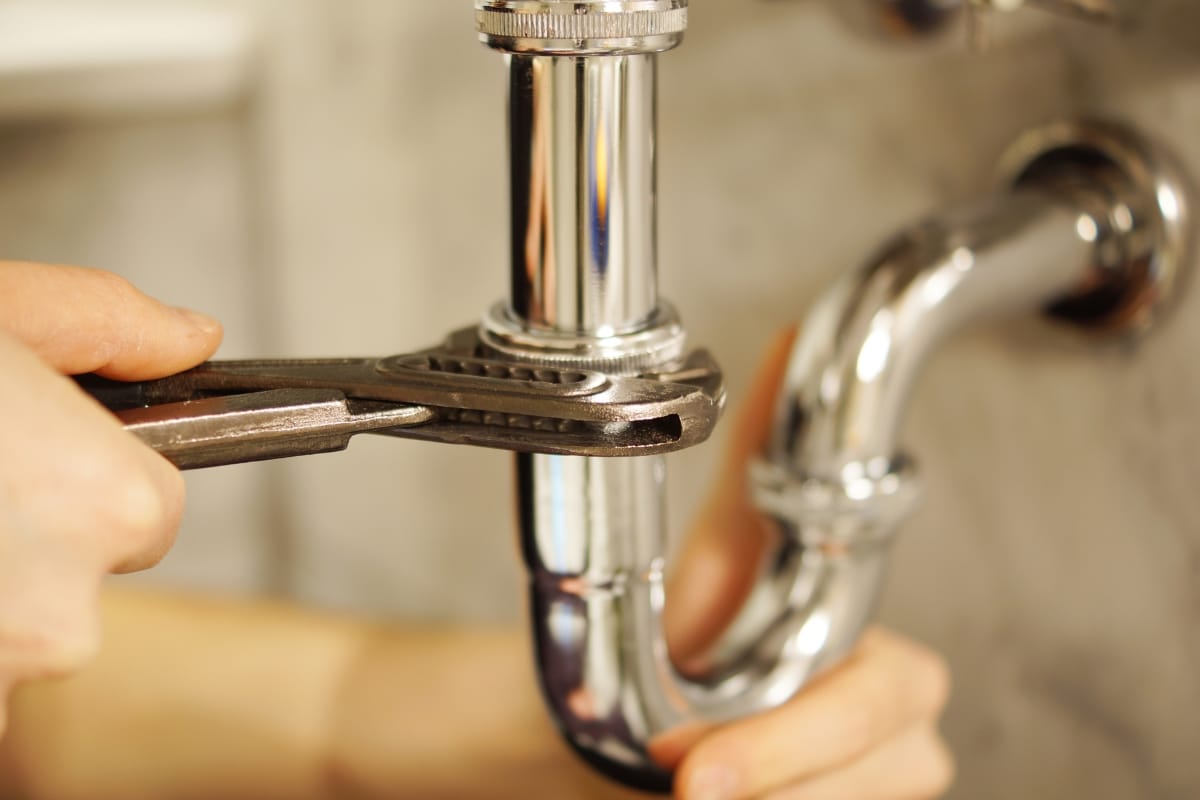
In Woodstock, reliable water delivery and wastewater disposal depend on two interconnected systems: household plumbing and septic. A typical residential plumbing network uses pipes and fixtures to bring fresh water into the home and carry wastewater out. When public sewers aren’t available, a septic system handles on-site treatment and disposal of that wastewater underground. Understanding how these systems work, along with the local soil conditions and regulations that guide their design, helps homeowners ensure efficient performance and avoid costly repairs down the road.
How Does a Residential Plumbing System Function?
A home’s plumbing system begins at the point where pressurized water enters from the municipal supply or private well. That water travels through a series of copper, PEX, or PVC pipes to feed faucets, showers, toilets, and appliances. Wastewater leaves each fixture through drain pipes designed with a slight slope to use gravity for flow. Plumbing vents allow air into the system, preventing traps from becoming siphoned dry and keeping sewer gases out of living spaces. Proper installation techniques—such as pressure testing new lines and maintaining correct pipe slope—are essential to prevent leaks, backflow, and slow drains. Routine maintenance, including checking for drips and clearing minor blockages, keeps the system running smoothly.
What Is a Septic System and How Does It Operate?
In areas without a central sewer connection, septic systems provide on-site wastewater treatment. The core components are the septic tank and the drain field. Wastewater from the home flows into the buried, watertight tank, where solids settle to the bottom and oils float to the top. Natural bacterial action breaks down much of the organic matter, while clarified liquid—called effluent—exits the tank into perforated pipes laid in gravel trenches. The surrounding soil filters and treats the effluent before it returns to the groundwater system. Designing a septic system requires matching tank size to household water use and ensuring the drain field has enough area for proper percolation. Regular pumping of accumulated solids and inspection of inlet and outlet baffles helps prevent overflows, backups, and premature drain field failure.
Why Is Local Soil and Regulation Important for Septic Systems in Woodstock?
Soil texture and composition directly influence a drain field’s ability to absorb and purify effluent. Sandy soils drain rapidly but may need wider trench areas, while heavy clay soils drain slowly, risking surface pooling. Woodstock’s environmental regulations set minimum requirements for soil percolation rates, setbacks from wells and watercourses, and drain field sizing to safeguard public health and protect groundwater.
Adhering to these codes ensures that septic systems function without polluting nearby streams or drinking supplies. Before installation or replacement, a soil evaluation and percolation test determine the best layout. Following local guidelines and scheduling routine inspections will extend the life of both plumbing and septic systems, giving homeowners peace of mind and protecting the community’s water resources.
How Do Plumbing and Septic Systems Interact in Woodstock Homes?
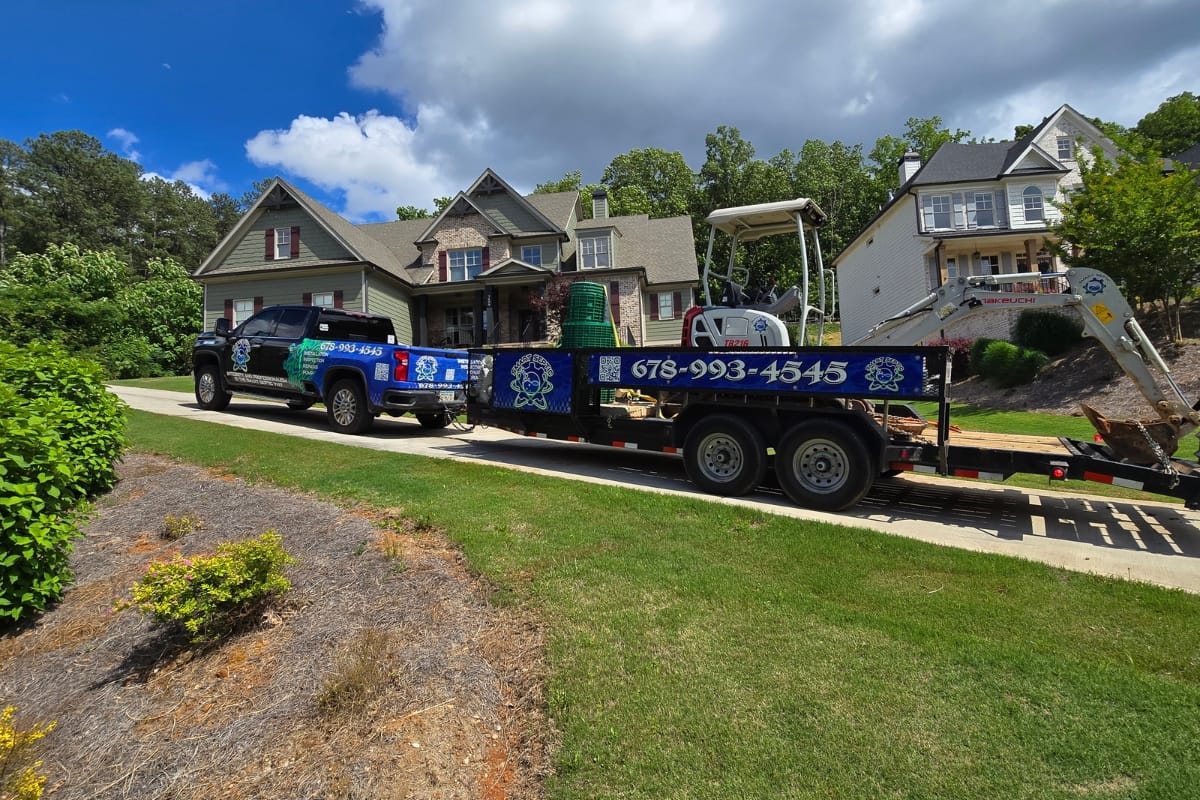
In many Woodstock homes, plumbing and septic systems work together as a single wastewater management network. The household plumbing carries clean water in through supply lines and sends used water—along with any solids—out through drains. In areas without municipal sewers, that wastewater flows into a buried septic tank rather than a city system. Inside the tank, solids settle out and bacterial action breaks down organic matter, while clarified liquid moves on to the drain field for final treatment. Because the two systems share pipes and flows, a problem in one can quickly affect the other.
What Plumbing Issues Can Affect Septic System Performance?
Clogged drain pipes are one of the most common plumbing problems that disrupt septic function. When sinks, tubs, or toilets drain slowly, wastewater lingers in the plumbing instead of moving swiftly into the tank. This allows solids to accumulate in the lines and can overload the septic tank’s inlet, reducing its capacity to separate waste properly. Leaks in supply or drain lines introduce extra water into the tank, diluting its bacterial population and hampering the natural digestion process. Poorly vented pipes can create airlocks that slow drainage and even force sewage back into fixtures, sending waste into areas it shouldn’t reach and increasing the load on the septic components.
How Can Septic Problems Cause Plumbing Failures?
When a septic tank becomes too full of solids or its outlet baffles fail, untreated sludge can back up into the home’s drains and toilets. This typically starts with gurgling sounds or slow drains and can quickly escalate to complete blockages. In severe cases, sewage can spill into lower fixtures or even flood basements or crawl spaces. Malfunctioning septic systems can also produce gases like hydrogen sulfide and methane; if venting is inadequate, these odors can seep through the household plumbing vents and emerge near faucets and drains, creating an unpleasant living environment and potential health risks.
Why Is Integrated Maintenance Essential for Both Systems?
Because plumbing and septic systems are interdependent, a coordinated approach to upkeep is crucial. Regular plumbing inspections can catch slow-draining fixtures, hidden leaks, or venting issues before they place extra strain on the septic tank. Likewise, routine septic pumping and inspection—typically every three to five years—keeps solids from building up and ensures the tank’s internal components are in good condition. Combining these services lets homeowners address minor issues early, reducing the chance of emergency repairs, system backups, or costly replacements.
Best Practices for Keeping Both Systems Healthy
Homeowners can take simple steps to support both systems. Avoid flushing anything other than human waste and toilet paper. Never pour grease, coffee grounds, or food scraps down kitchen drains. Install mesh strainers in sinks and tub drains to trap hair and debris. Monitor water usage to prevent overloading the septic tank with excessive flows from appliances or lawn irrigation backflow. Finally, schedule professional plumbing checks in tandem with septic servicing to ensure pipes, tanks, and drain fields all receive timely attention.
What Are the Common Plumbing and Septic Problems in Woodstock, GA?
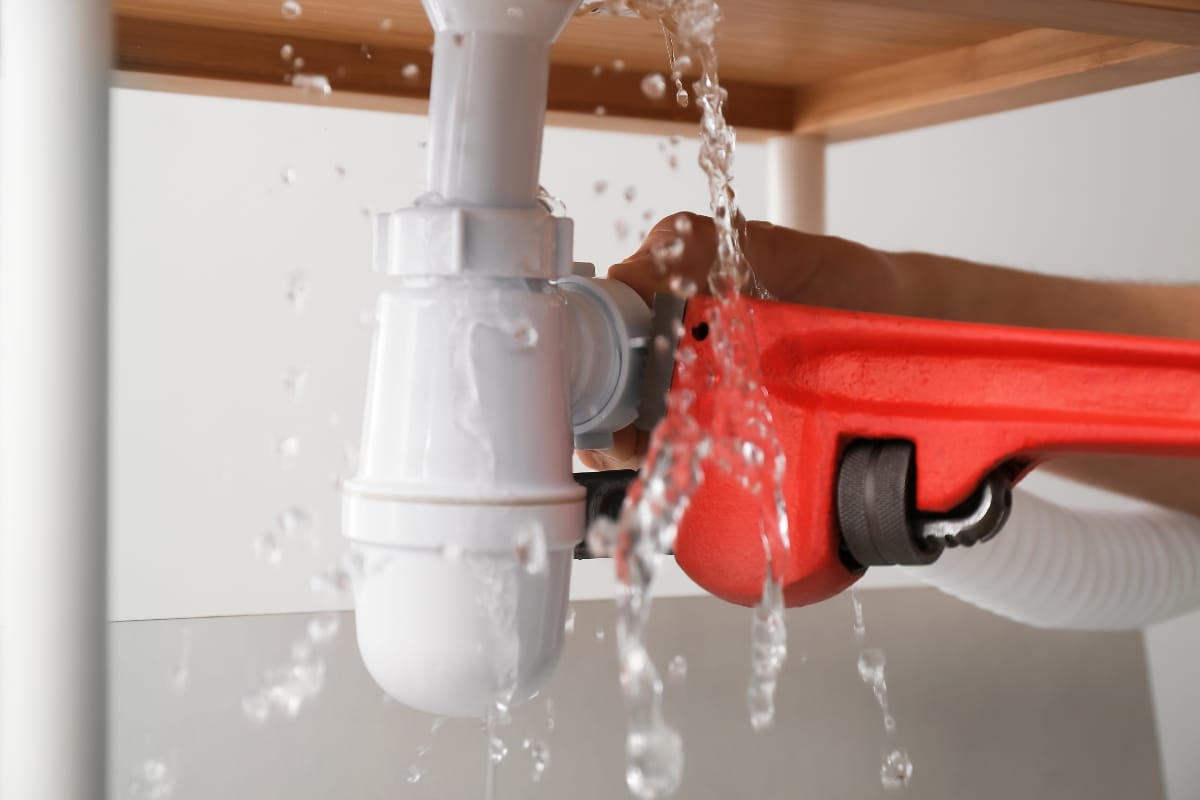
Homeowners in Woodstock often face plumbing issues that range from minor leaks to major septic failures. Recognizing early warning signs and understanding how plumbing and septic systems interact can prevent costly damage and protect property value. Regular maintenance, timely repairs, and professional inspections are essential for keeping both systems in good working order.
Identifying Plumbing Leaks and Pipe Damage
Leaks and pipe damage can start small but quickly lead to significant water waste and structural harm. Keep an eye out for damp spots on walls, ceilings, or floors, especially near sinks, showers, and toilets. Unexplained rises in water bills or drops in water pressure often point to hidden leaks. Listen for sounds of running water when all fixtures are off, which can indicate a leak in concealed pipes. Over time, metal pipes corrode from the inside out, while PVC joints can loosen or crack. A professional inspection using thermal imaging or ultrasonic leak detectors can locate leaks behind walls and under slabs before they cause mold growth or foundation issues.
Warning Signs of Septic Tank Failure
Septic systems in Woodstock treat household wastewater on-site and rely on a balance of bacterial action and proper drainage. Early signs of trouble include slow drains in multiple fixtures, nasty odors around toilets or yard areas, and unusually lush, green grass over the drain field. These symptoms often mean solids have built up inside the tank or the drain field has become saturated.
If the tank fills with sludge, effluent may back up into plumbing lines or emerge at ground level. Tank baffles can corrode or break, allowing solids to escape into the drain field and clog soil pores. Regular septic pumping—typically every three to five years—removes accumulated solids and preserves the tank’s capacity to settle and treat waste effectively.
How Drain Field Problems Impact Home Plumbing
The drain field is the final treatment stage where effluent filters through soil layers. When drain trenches become clogged with grease, solids, or compacted soil, effluent can no longer percolate, causing backups in household drains. You might notice sinks or tubs that gurgle when other fixtures are used, indicating a back pressure in the system. In wet seasons, saturated soil can worsen these issues, sending effluent up through floor drains or toilet traps. To protect the drain field, avoid parking vehicles or planting trees directly above it, since soil compaction and root intrusion can damage perforated pipes. In some cases, replacing or expanding the drain field trenches restores proper treatment capacity.
How Can Homeowners Maintain Plumbing and Septic Systems Effectively?

Keeping both plumbing and septic systems in good shape depends on a combination of regular inspections, sensible usage habits, and prompt repairs. By adopting straightforward maintenance routines, homeowners can catch minor issues before they escalate and ensure that their water delivery, drainage, and on-site wastewater treatment continue to function reliably for years.
Best Practices for Plumbing System Care
Frequent visual checks under sinks, around toilets, and near water-using appliances help spot the first signs of leaks—dripping pipes, damp spots, or mineral buildup. Installing hair and debris strainers in showers and drains prevents clogs, reducing stress on pipes and traps.
Scheduling a professional plumbing inspection every couple of years can uncover hidden corrosion or misaligned fittings that might lead to leaks or poor water pressure. In regions with hard water, a water softener or scale-reducing filter protects fixtures and extends the life of water heaters and washing machines. When you notice a dripping faucet or running toilet, tackling the repair right away saves both water and the higher costs of more extensive fixes later on.
Septic Tank Pumping and Inspection Schedule
For septic systems, most experts recommend a full tank inspection and pumping every three to five years. The exact interval depends on household size, water usage habits, and the tank’s capacity. Regular pumping removes accumulated solids before they overflow into the drain field and clog soil pores. An inspection should also verify that inlet and outlet baffles remain intact and that the drain field shows no signs of ponding or undue saturation. Addressing these tasks on schedule prevents backups, surface leaks, and costly drain field replacements.
Household Habits That Support Septic Health
Everyday choices play a significant role in sustaining septic performance. Limiting the use of garbage disposals and avoiding the washing away of grease or coffee grounds keeps solids out of the tank. Don’t flush non-biodegradable items such as wipes, sanitary products, or diapers, since these can stall pumps and block inlet pipes. Spreading out laundry and dishwasher loads prevents sudden spikes of water entering the tank, allowing the system time to settle and process effluent efficiently. Using biodegradable, septic-safe cleaning products preserves the beneficial bacteria that break down waste, while harsh chemicals can kill off those vital microbes.
When Should You Call Professional Woodstock Plumbing & Septic Solutions for Help?
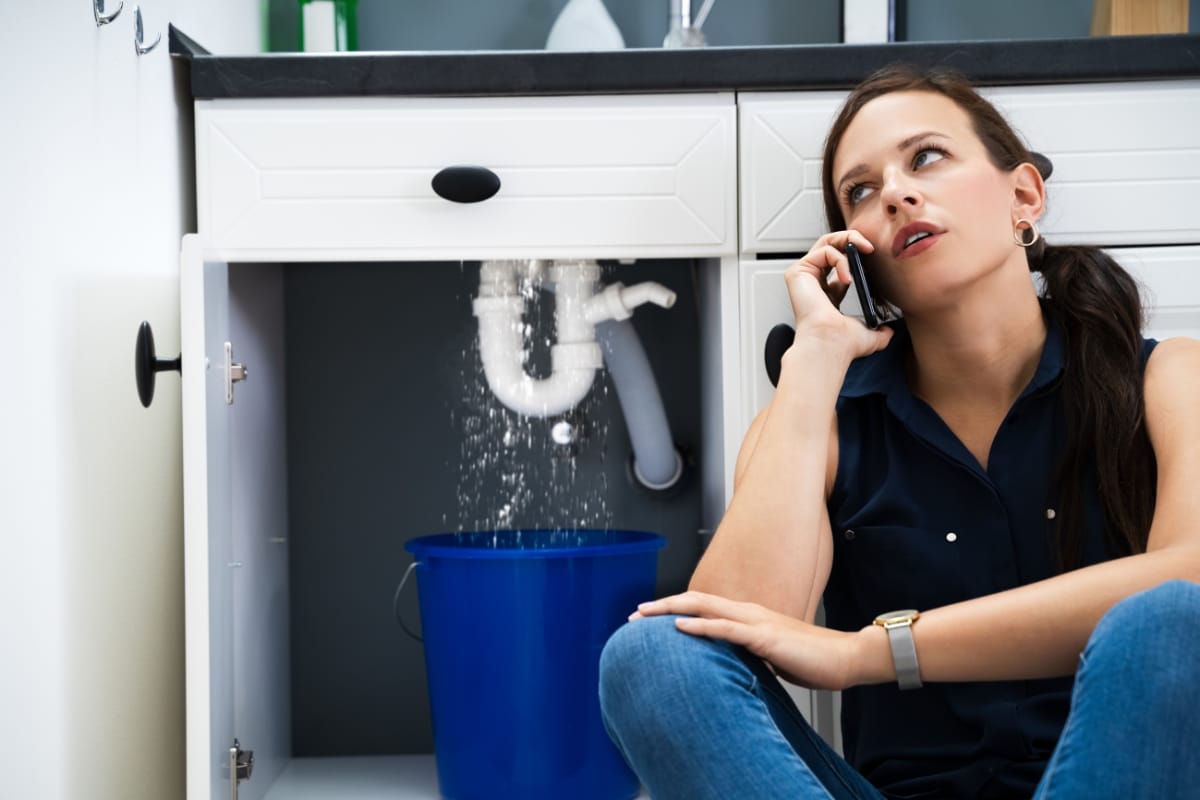
Even the best-maintained systems can experience unexpected failures. When routine checks and simple DIY fixes no longer resolve the issue, it’s time to call in professionals. Smart Septic Pros offers both emergency response and scheduled service for complex plumbing and septic challenges. Knowing when to reach out can prevent a small problem from turning into a costly repair or health hazard.
Signs You Need Professional Plumbing Repairs
Persistent leaks—whether visible drips under sinks or damp patches on walls—signal a failure that goes beyond a loose fitting. Recurring clogs in multiple fixtures often indicate a deeper blockage, not one isolated sink trap. Low water pressure throughout a home suggests pipe corrosion, mineral buildup, or hidden leaks in supply lines. Listen for unusual sounds such as gurgling or banging when water runs; these noises point to air in the pipes or failing vent stacks. If taps or toilets back up even after plunging, or if you spot moisture in crawl spaces or ceilings, calling a licensed plumber ensures the issue gets properly diagnosed and repaired before it damages walls, floors, or appliances.
Recognizing Septic Emergencies Requiring Immediate Service
Septic systems have few warning signs before they fail. Strong sewage odors near the tank or over the drain field mean effluent is surfacing instead of percolating through the soil. Slow drainage or backup in toilets and tubs often indicates the tank is full of solids or that the drain field has become clogged. Saturated, overly green patches of grass above the drain field reveal poor absorption and potential soil saturation. Visible leaks or pooling water around the septic access riser demand immediate attention. In these situations, a rapid response prevents contaminated runoff, protects groundwater, and stops untreated sewage from entering your home or yard.
How Professional Intervention Protects Your Home
Prompt professional service safeguards against structural damage and environmental risks. Repairing a minor pipe leak quickly stops wood rot, mold growth, and rising water bills. Addressing a septic backup at its source prevents sewage from entering living areas and contaminating the yard. Expert technicians bring specialized tools—video inspection cameras, hydro-jetters, and precision leak detectors—that pinpoint problems without destructive test cuts.
Their in-depth knowledge of local soils, plumbing codes, and system layouts leads to solutions that last, rather than temporary fixes. By engaging experts at the right moment, homeowners in Woodstock maintain reliable water flow and effective wastewater treatment, preserving both property value and peace of mind.
How Does Woodstock’s Local Environment Influence Plumbing and Septic System Choices?
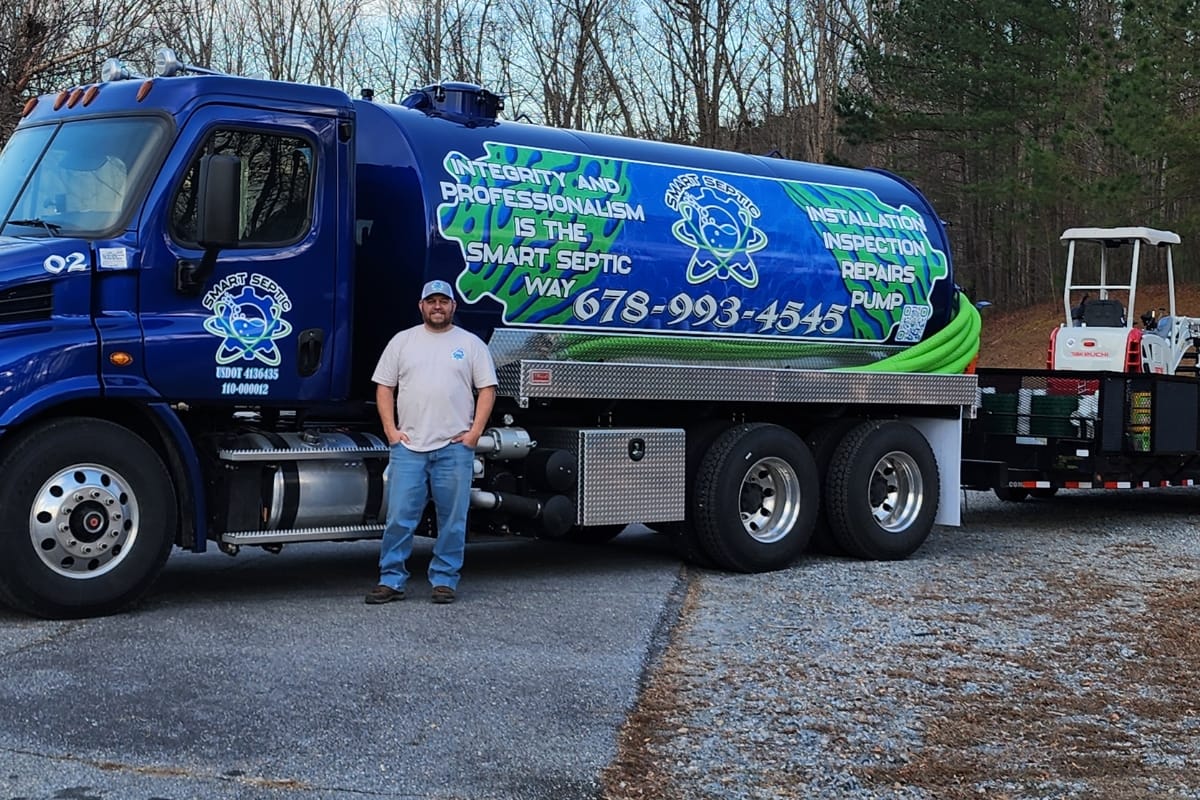
Woodstock’s terrain and climate play a central role in determining the most effective plumbing and septic solutions for area homes. The region’s rolling hills and variable rainfall patterns influence how water moves through soil layers, affecting both supply and drainage systems. High groundwater levels during wet months can raise the risk of pipe corrosion and septic drain field saturation. Conversely, extended dry spells may cause soil shrinkage and pipe movement. Contractors must take these environmental factors into account when designing systems, selecting materials, and planning maintenance schedules to ensure reliable performance year-round.
What Soil Conditions Affect Septic System Design in Woodstock?
The local soil profile dictates how quickly and thoroughly effluent can be treated underground. In areas with dense clay, slow percolation rates mean effluent moves too slowly through the drain field, increasing the chance of pooling and backups. To compensate, septic fields in clay-rich zones often need to be larger or built with specialized sand layers to improve drainage.
In sandy soils, rapid percolation reduces pooling but can allow untreated effluent to reach groundwater if the drain field isn’t properly sized or lined. Soil tests—including percolation and compaction analyses—help determine trench depth, pipe layout, and the need for additional filtration components to protect both system function and water quality.
How Do Local Regulations Impact Plumbing and Septic Installations?
Woodstock’s codes enforce strict standards for both plumbing and septic work to safeguard public health and the environment. Requirements cover minimum setbacks between septic systems and wells, streams, property lines, and foundations. Pipe materials and fixture installations must meet state-approved specifications for pressure, corrosion resistance, and venting.
Septic system designs must receive county health department approval before installation, ensuring that soil absorption rates, tank capacity, and drain field dimensions follow established criteria. Compliance with these regulations not only prevents legal penalties but also reduces the risk of system failure, groundwater contamination, and costly retrofit work.
Why Choose a Local Expert for Integrated Plumbing and Septic Solutions?
Local professionals bring detailed knowledge of Woodstock’s soils, weather patterns, and code requirements to every project. Their experience with common region-specific challenges—such as heavy rainfall runoff or seasonal soil shifts—enables them to tailor plumbing layouts and septic designs that stand up to local conditions.
By coordinating both plumbing and septic work, these experts ensure that water supply lines, drain outlets, and underground treatment components function together smoothly. Regular maintenance plans crafted by local technicians catch emerging issues—pipe leaks, septic backups, or root intrusion—before they escalate. Homeowners benefit from this integrated approach through fewer emergency repairs, longer equipment life, and systems that perform reliably under Woodstock’s unique environmental demands.
What Are the Benefits of Integrated Plumbing and Septic System Services in Woodstock, GA?

When plumbing and septic care are handled together, homeowners gain a clear view of how both systems interact. Coordinated services mean that inspections, maintenance tasks, and repairs happen on a shared schedule, cutting down on the time and expense of separate appointments. With a unified approach, technicians can spot how a slow-moving drain might stress the septic tank or how a saturated drain field could affect sink performance. This big-picture perspective helps catch small issues before they turn into major headaches.
How Does Combined Service Prevent Costly Repairs?
Scheduling plumbing checks and septic tank pumping at the same time lets professionals compare notes on water usage, flow patterns, and any signs of wear. Addressing a minor leak or a partially clogged pipe early keeps excess water from overloading the septic system.
Conversely, clearing solids from the tank before they escape into the drain field protects plumbing fixtures from backups. In practice, homeowners avoid emergency calls for burst pipes or raw sewage overflows—events that often carry steep repair bills. By taking care of both systems on a regular, coordinated timetable, the overall lifespan of pipes, pumps, and treatment components improves, stretching maintenance budgets further.
What Educational Resources Help Homeowners Manage Their Systems?
Understanding how plumbing and septic systems work makes it easier to keep them in top shape between professional visits. Many local providers offer family-friendly workshops or step-by-step guides that cover everyday tasks, from checking supply lines for drips to inspecting the ground above a septic field for unusual pooling.
Online tutorials explain the best ways to avoid flushing fats, oils, or non-biodegradable items, while printed checklists lay out a seasonal maintenance routine. Homeowners who stay informed about new regulations or product developments—such as advances in water-efficient fixtures or greener cleaning agents—find that they make smarter choices when it comes to system upgrades and repairs.
How Does 24/7 Emergency Service Support Woodstock Residents?
Even with the best preventive care, unexpected failures can happen at any hour. A broken water line under a kitchen sink or a clogged sewer pipe on a holiday weekend can quickly turn routine tasks into major disruptions. Having access to around-the-clock emergency support means that qualified technicians are ready to respond, at night or on weekends, with the tools and expertise needed to assess and resolve the problem. Fast intervention minimizes property damage, avoids health hazards, and restores normal water flow and wastewater treatment without prolonged outages. For families juggling work, school, and daily activities, this reliability brings real peace of mind.
Long-Term Value of an Integrated Approach
Over time, a unified plumbing and septic plan offers more than just convenience and cost savings. By treating both systems as parts of a single network, providers can customize maintenance intervals based on a household’s actual water use and soil conditions. Replacement parts—such as pipe sections or tank components—get matched precisely to existing equipment, avoiding compatibility issues that can occur when different companies supply separate services.
Homeowners who commit to this integrated strategy often see fewer emergency repairs, lower utility bills, and extended service life for both plumbing fixtures and septic components. In the end, choosing a combined service model pays off through streamlined care, reduced downtime, and a healthier home environment.
Frequently Asked Questions
Q: How do I know if my septic system is failing? A: Signs of a failing septic system include slow drains throughout the home, foul odors near the drain field or tank area, and standing water or unusually lush grass above the drain field. You might also notice slow flushing toilets or gurgling sounds in drainpipes. Regular inspections and keeping to a three-to-five-year pumping schedule help prevent these issues. When solid waste accumulates in the tank, it can overflow into the drain field or back up into the house, so prompt attention to warning signs keeps the system working properly.
Q: What steps can I take to prevent plumbing leaks? A: Routine checks under sinks, around toilets, and at appliance connections spot early leaks before they cause damage. Installing pressure regulators keeps water flow within safe limits. Choosing quality pipes and fixtures reduces the chance of corrosion or joint failures. Tightening loose fittings and replacing worn seals at the first sign of a drip prevents small leaks from becoming serious. For hard water areas, adding scale-control devices protects pipe interiors and fixtures. When small leaks are fixed quickly, you save water and avoid more extensive repairs later.
Q: Why is it important to pump my septic tank regularly? A: Over time, solids settle in the septic tank and form sludge. If these solids build up too far, they reduce the tank’s capacity to separate waste and allow effluent to flow into the drain field. This can clog the field, leading to backups or surface pooling. Regular pumping removes accumulated solids and scum from the tank, preserving its ability to treat wastewater effectively. Sticking to a pumping interval based on household size and water use prevents premature drain field failure and keeps the entire system running smoothly.
Q: How can integrated maintenance save me money in the long run? A: Coordinating plumbing and septic inspections together uncovers small issues before they become emergencies. For example, a minor leak in a drain line can overload the septic tank, while a nearly full tank can slow plumbing drains. By addressing both systems on the same schedule, homeowners avoid overlapping repair costs and reduce downtime. Preventive work—such as checking for pipe corrosion, clearing minor clogs, and pumping the septic tank—extends the life of fixtures, pipes, and treatment components. Over time, this proactive approach reduces unexpected repair bills and preserves property value.
Q: What are the benefits of using local experts for plumbing and septic services? A: Professionals familiar with Woodstock’s soil types, rainfall patterns, and building codes design systems that match local conditions. They know which pipe materials work best under local water pressure and how soil permeability affects drain field sizing. Local technicians also stay up to date on county health regulations and can secure necessary permits or approvals quickly. Their ongoing presence in the community means faster response times for urgent repairs and reliable follow-up service, ensuring systems remain compliant and perform efficiently.
Q: Can household habits really affect my septic system’s health? A: Absolutely. Flushing items such as wipes, feminine hygiene products, and grease can clog pipes and upset the balance of bacteria needed to break down waste. Overloading the system with high-flow activities—running multiple loads of laundry or operating toilets, showers, and dishwashers simultaneously—can push solids into the drain field before they settle in the tank. Using septic-safe, biodegradable cleaning products preserves the beneficial microbes that digest waste. Spacing out heavy water use and avoiding harmful additives helps maintain healthy bacterial action and prevents costly backups or field failures.
Final Thoughts
Properly integrating your home’s plumbing with a well-maintained septic system is the key to a trouble-free wastewater solution in Woodstock, GA. From ensuring efficient drainage to preventing costly backups, understanding how these systems work together empowers you to protect both your property and the environment. When it’s time for professional septic guidance or routine service, trust Smart Septic Pros to keep everything flowing smoothly. Give us a call at 678-993-4545 or visit our website to fill out our contact form and schedule your consultation today!
